average rent
average occupancy rate
ytd sales volume
YoY rent change
yoy occupancy change
individual transactions
QUARTERLY DEMAND
YTD: 106
QUARTERLY COMPLETIONS
YTD: 526


A mismatch between demand and the number of apartment completions led to a 160-basis point drop in occupancy to 95.3% in the year ending Q2 2022. The decline has slowed on a quarterly basis, with only a 20-basis point drop, and a return to normal demand levels over the next four quarters is expected to reverse the trend. Despite the decline, the current occupancy rate remains above the five-year average of 94.8%. Submarket occupancy levels showed little variation, ranging from 94.0% in South Des Moines/Warren County to 95.9% in Northeast Des Moines/Ankeny. Similarly, product class variances were minimal, with Class A and C assets reporting average occupancy at 95.3%, and Class B slightly higher at 95.4%.
Mirroring trends seen in nearly all apartment markets nationwide, the growth rate of rent prices in Des Moines easily surpassed the national and five-year local averages in Q2 2023. Despite a slight deceleration, Des Moines saw a healthy annual rental growth rate of 4.5%, exceeding the national rate of 2.4% for the same period and the local five-year average of 2.5%. Performance varied across submarkets, from a low of 1.5% in the South Des Moines/Warren County submarket to a high of 6.0% in the West Des Moines/Dallas County submarket. Class B properties experienced the largest annual increase at 6.4%, with Class A following at 5.5%, and Class C trailing at 1.4%.
| Submarket | Average Occupancy | Annual Occupancy Change | Average Monthly Rent | Annual Rent Change |
|---|---|---|---|---|
| Northeast Des Moines/Ankeny | 95.9% | -0.9% | $1,232 | 4.6% |
| Northwest Des Moines/Urbandale | 94.5% | -1.4% | $1,071 | 3.1% |
| West Des Moines/Dallas County | 95.7% | -1.9% | $1,187 | 6.0% |
| South Des Moines/Warren County | 94.0% | -2.6% | $852 | 1.5% |
Units Under Construction
Units UC Delivering In the Next 4 Quarters
Year-to-date transaction volume for multi-family properties in Des Moines, IA, in the first half of 2023 reached $99.9M, representing a year-on-year increase of 20.6%. This growth was achieved across a total of 8 individual transactions. However, despite the increase in transaction volume, the average price per unit (PPU) witnessed a decrease of 6.8% annually, standing at $129,500. This suggests a higher quantity of lower-priced units being transacted, contributing to both the increased volume and decreased PPU.
* Trailing 4Q average PPU
* Preliminary Data from RCA – Individual transaction $2.5M +
In May 2023, the Des Moines metro area displayed steady job growth, adding 10,800 new positions for a 2.8% growth rate, according to data from the Bureau of Labor Statistics (BLS). The region saw significant job gains across various sectors. The education and health services sector led the way, adding 5,200 jobs, which is an impressive growth rate of 10.0%. The government sector and the trade, transportation, and utilities sector also made significant contributions, adding 2,500 and 2,800 jobs respectively, corresponding to growth rates of 5.3% and 3.8%. In total, nonfarm employment in Des Moines stood at 394.7 thousand in May 2023. The city’s unemployment rate in May was a low 2.4%, significantly outperforming the national average of 3.4%. The diverse range of growth across sectors, coupled with the low unemployment rate, underscores the region’s economic resilience and stability.
May Annual Jobs Created
May 23 Employment growth
May 23 Unemployment rate
3.4% us may rate
Change from May 2022 to May 2023:
5,200
Percent Change:
10.0%
Change from May 2022 to May 2023:
2,800
Percent Change:
3.8%
Change from May 2022 to May 2023:
2,500
Percent Change:
5.3%
Change from May 2022 to May 2023:
800
Percent Change:
3.5%
Change from May 2022 to May 2023:
700
Percent Change:
5.5%
| Sector | Change from May 2022 to May 2023 | Percent Change |
|---|---|---|
| Education and health services | 5,200 | 10.0% |
| Trade, transportation, and utilities | 2,800 | 3.8% |
| Government | 2,500 | 5.3% |
| Manufacturing | 800 | 3.5% |
| Other services | 700 | 5.5% |
| Leisure and hospitality | 400 | 1.1% |
| Professional and business services | 100 | 0.2% |
| Information | (100) | -1.6% |
| Mining, logging, and construction | (200) | -0.8% |
| Financial activities | (1,400) | -2.5% |



Despite national economic fluctuations, Des Moines continues to exhibit a robust economy, highlighted by a strong job market and consistent growth. Over the next four quarters, demand is projected to return to typical levels, with an anticipated absorption of 1,905 units by 2Q 2024. This demand is expected to exceed the new supply during the same period, contributing to a projected rise in the average occupancy rate to 96.0% by next spring. Rent growth will remain steady, with an annual increase of 2.3% forecasted for 2Q 2024, which illustrates the market’s resilience. While the introduction of new supply may introduce some fluctuations, these are likely to be mitigated by solid demand and strong occupancy rates. As we move into the second half of the year, the market outlook for Des Moines remains optimistic. The city’s economy is expected to uphold its robust performance, reinforcing Des Moines as a resilient and dynamic market.









